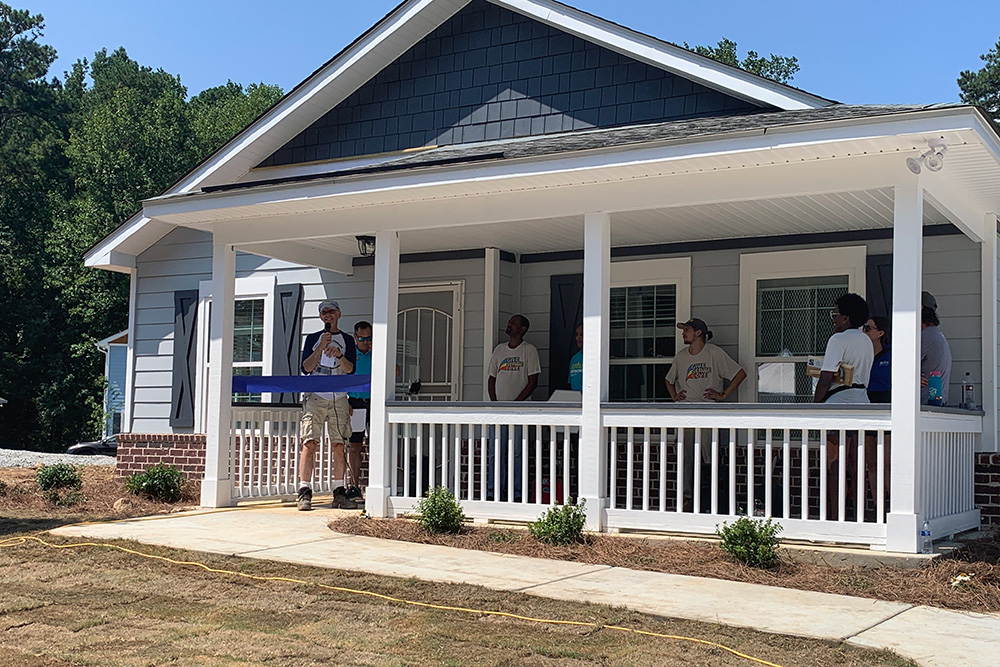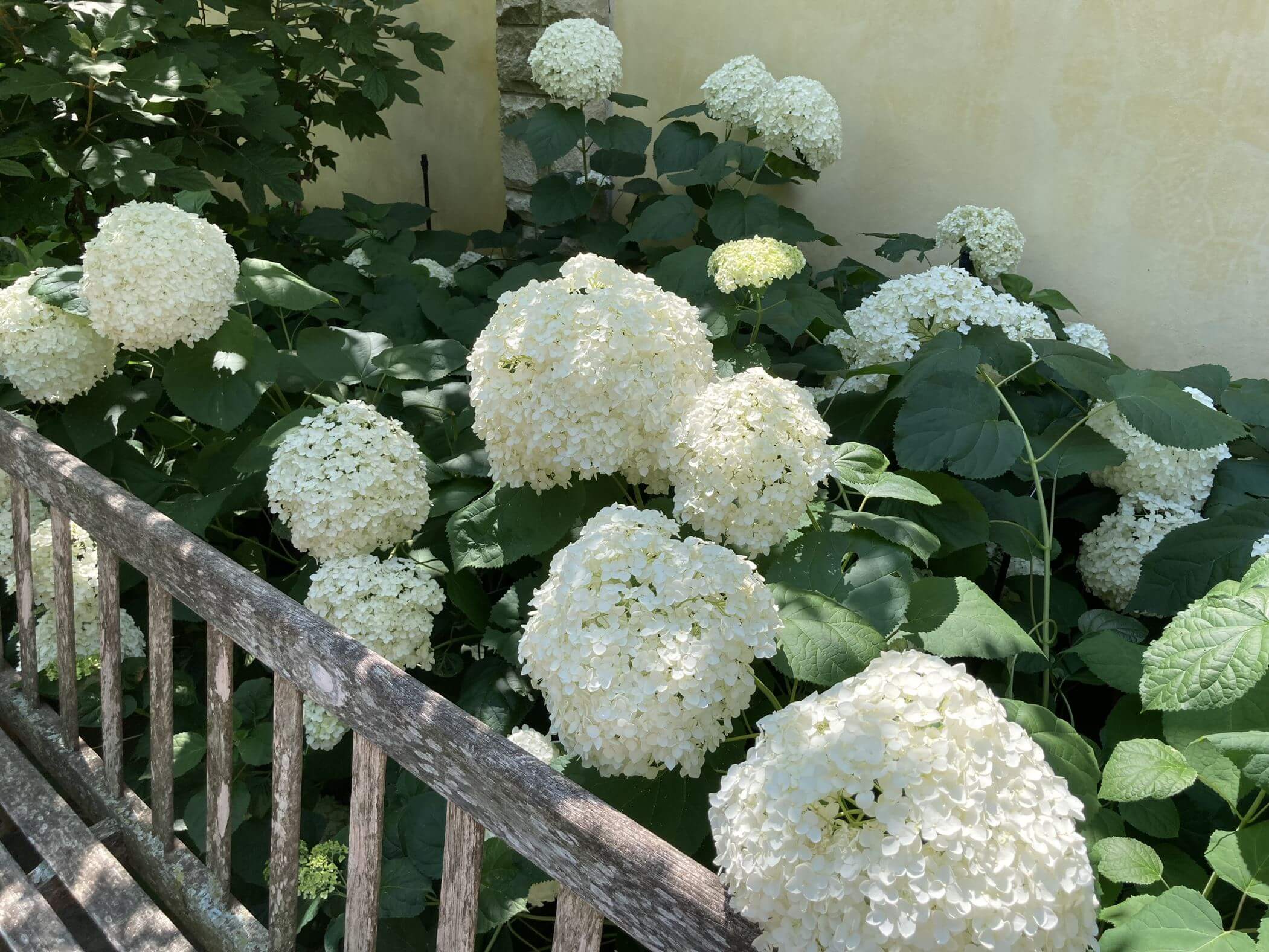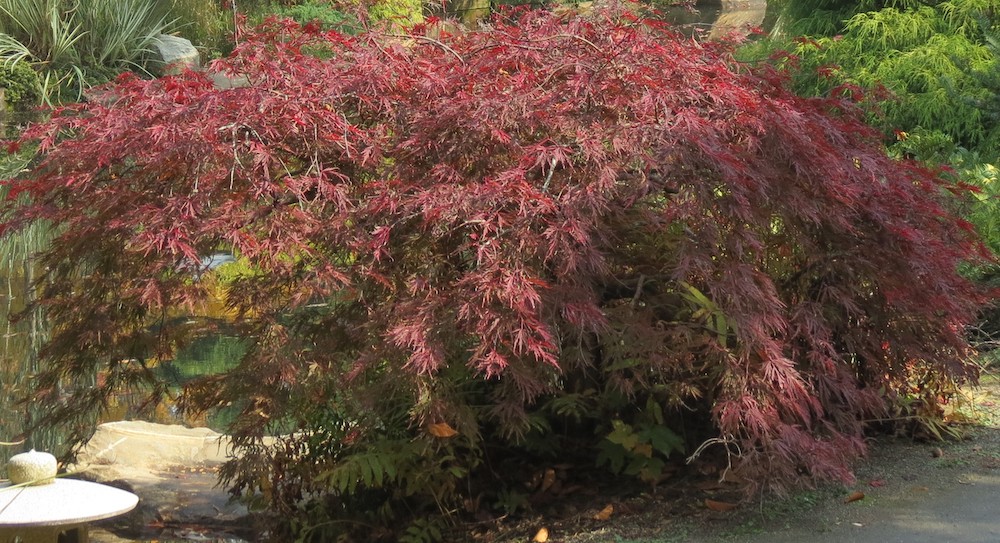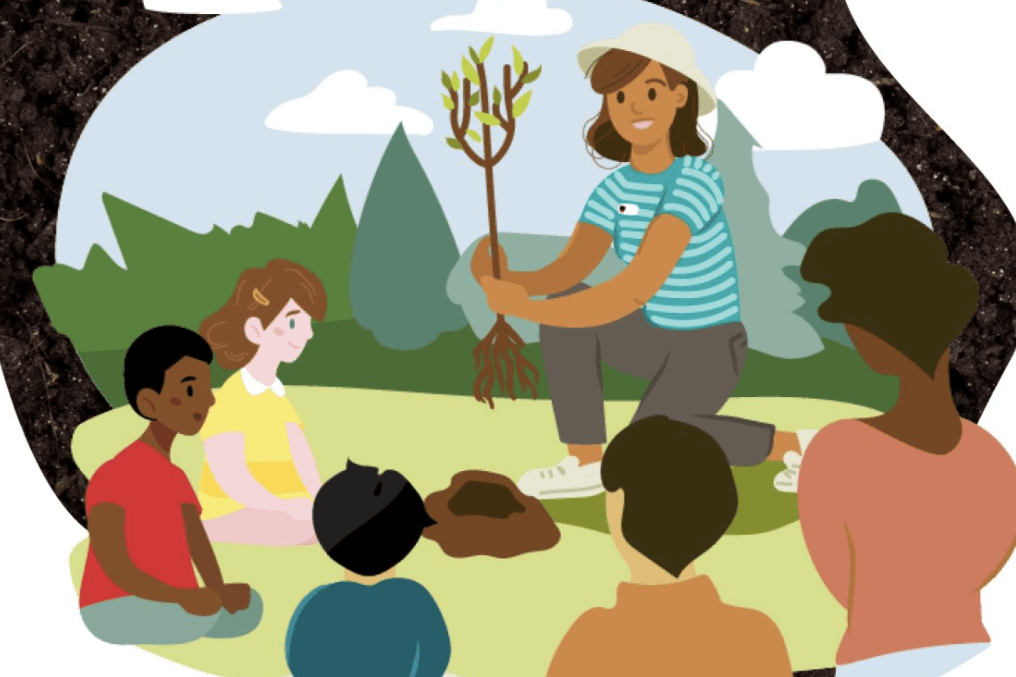Fall and winter are the best times for Georgians to add new trees, shrubs and bushes to their landscapes.
Balled and burlapped trees and bushes do best if they are planted in the fall or winter, and bare root plants should only be planted in the dead of winter. Fall and winter are the most ideal times to install a new plant because the cold gives the plant more time to develop strong roots before the heat of summer tests their survival.
The focus is on the roots
The key to a plant’s survival is the gardener’s prep-work. The first year of a plant’s growth should concentrate on root establishment. If the root system is not allowed to develop in the new environment, the plant may die. The more you help the plant now, the less you should have to do later.
Much of the prep-work comes from making sure you put the plant in an environment where it can thrive. Follow the motto, “Put the right plant in the right spot.” You cannot just throw the plant in a hole and walk away. There are certain things you can do to insure happy plants in your landscape.
The hole the plant grows in dictates a lot of its success. Dig a planting hole that is two to three times the diameter of the root ball. The loose dirt that surrounds the plant will encourage it to extend its roots.
The perfect hole
While digging the hole, keep in mind the depth does not need to be deeper than the depth of the container or root ball. The top of the root ball should be level with the ground. Even though roots are in the ground, they still need to breathe.
Make sure there is a firm base at the bottom of the hole so the root system does not slip deeper into the ground. Water the tree well to make sure all the dirt has settled around the root system.
You may want to add tree supports if you are planting a larger tree and you think it might lean. These supports should be used only during the time it takes the tree to become established. This typically means for only a few months or through the summer.
Mulch keeps weeds out and water in
Adding a layer of mulch around the tree is a must. Mulch should be 3-4 inches deep. Only about an inch of mulch should be placed against the trunk. Excessive mulch against a tree encourages insect and disease problems.
Mulch all the way out to the edge of the planting hole. This keeps weeds from sprouting in all that freshly exposed dirt and insulates the roots from extreme temperatures. Mulch will also make watering more efficient by keeping the water from evaporating from the soil. Mulch helps guards the tree or shrub from lawn mowers or weed-whackers, too. Many trees and shrubs meet their doom from “lawn mower blight.”
During the first year, fertilization is not required, but make sure the plant gets about an inch to 1.5 inches of water, once or twice a week. If you are using a soaker hose, water until the top 8-10 inches of soil is good and wet. This will make the roots take hold deep in the soil.







.jpg)